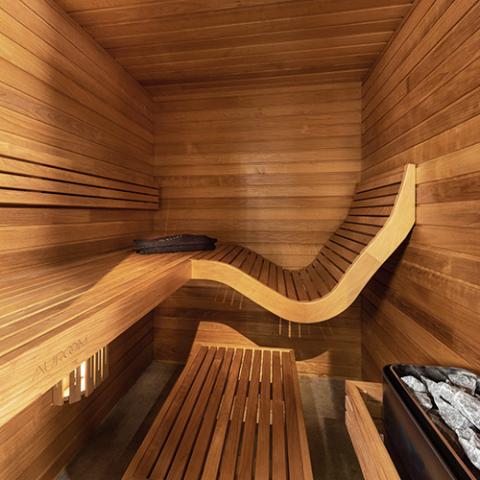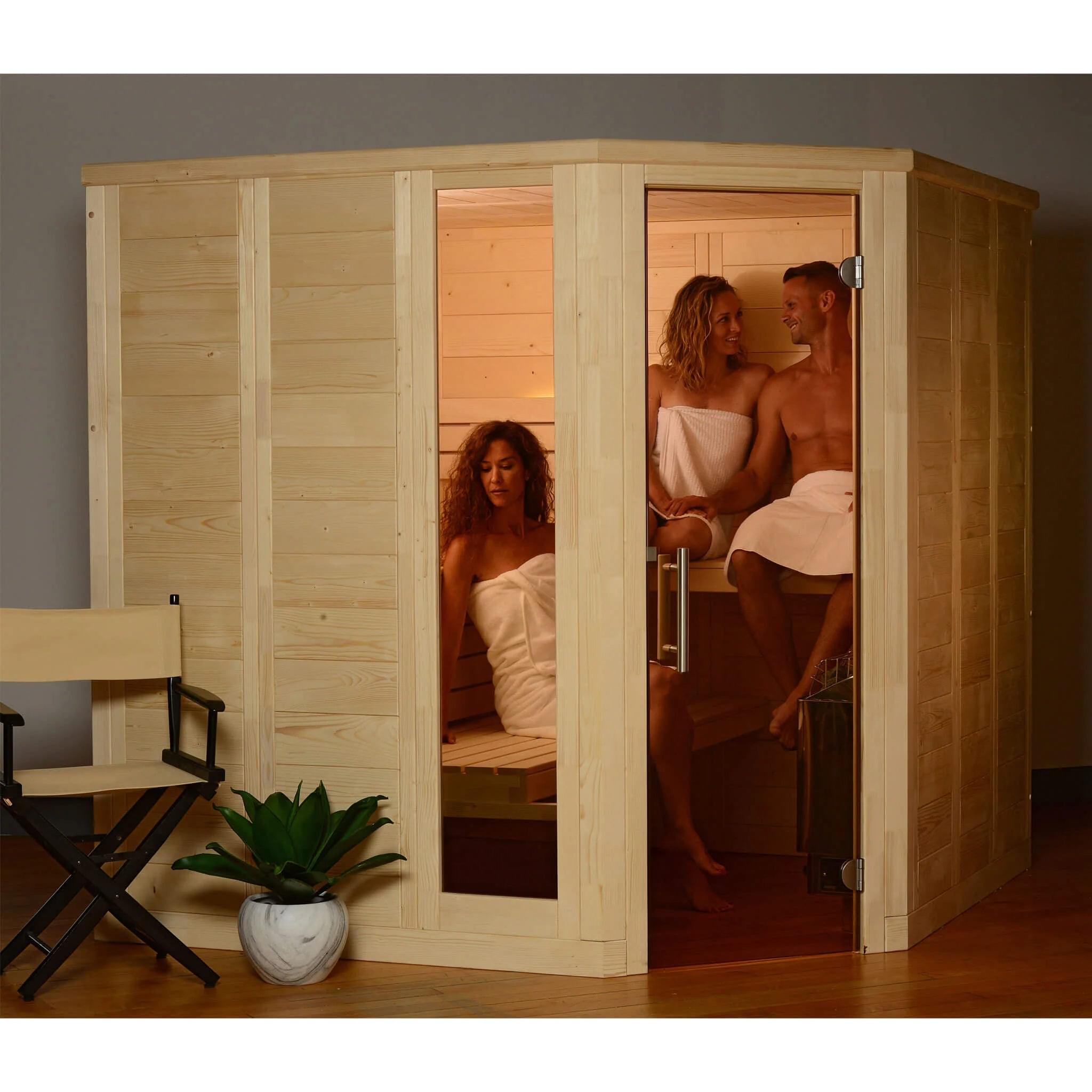Some Known Questions About Traditional Sauna.
Table of ContentsAbout Traditional SaunaEverything about Traditional SaunaThe Ultimate Guide To Traditional SaunaThings about Traditional Sauna
The majority of the weight lost in a sauna is water loss and is re-gained upon rehydrating. Nevertheless, without an uncertainty sauna can be a fundamental part of a healthy weight reduction program. To consider the differences between standard and IR saunas, I will certainly separate these into proven, academic, and produced differences.Thus, the most popular factor in the saunawhich is at the ceiling directly over the sauna heateris typically between 185 and 190 F. Traditional Sauna. Claims that a traditional sauna exceeds 200 F is just not true and not suitable for electric saunas offered in the United States. The temperature level for a far-infrared sauna is typically established between 120 and 140 F; however, unlike the traditional sauna, the objective in and IR room is not to accomplish a high temperature level
As a result of this, the temperature difference is practically unnecessary, since excessive sweating causes both sauna kinds, yet the approach of heating the body is different. In an IR sauna the bather will really feel hot and will certainly sweat a lot, yet at much lower temperatures. Hence, if the objective is to spend longer time periods in the sauna, the IR sauna is a good choice.

How Traditional Sauna can Save You Time, Stress, and Money.
When the heat is attained, the elements cycle on and off to preserve the high temperature level. A lot of traditional sauna individuals appreciate putting water over the rocks to develop heavy steam to elevate sauna moisture degrees. The benefits of putting water over the rocks consist of: making the area more comfortable, moistening the nasal flows, and enabling the use of aromatherapy by blending essential oils with the water.
In a far-infrared sauna, the heat waves penetrate the body to effectively heat the body and increase the body core temperature. To achieve this increased temperature, Far-infrared emitters produce infrared energy which is close to the same wavelength as that which the body naturally emitsoften referred to as the "Essential Array" of 7 to 14 microns), so the power is well gotten by the body.
When the energy enters the body, it my blog causes the body temperature to boost and ultimately results in sweating. In an infrared sauna it is essential for the emitters/heaters to remain on virtually continuously. Considering that there is no mass of rocks to maintain warmth, the sauna will cool if the emitters turned off.
As mentioned over, the sauna bather in an infrared area intends to place himself in front of running emitters to get optimal gain from the heat. The home heating time for the two rooms can be really different, relying on exactly how the areas are used. For a standard sauna, a bather must allow 30-40 minutes for the space to accomplish a preferred temperature level and to properly pre-heat the rocks.
The Ultimate Guide To Traditional Sauna
A well built sauna will commonly attain a temperature level of 150-160 F in regarding 30-40 minutes. For hotter temperature levels, the area might need to warm for a longer period.
To some, 15 mins was "squandered" while the infrared energy warmed the wood panels instead than heating up a body, while others find a pre-heated room to be much more comfortable and think a raised beginning temperature is required to start sweating. The length of recommended usage for each and every space is roughly the very same (10-15 minutes per session); nevertheless, because of the reduced air temperatures and the capacity to feel the impacts of infrared warm faster than a traditional sauna, it is not unusual for a person to invest an overall of 20-30 minutes in an infrared sauna.
Standard saunas have a tendency to be larger (therefore use more power) than infrared saunas, although traditional saunas are definitely readily available in basics one and 2 individual sizes. For a two-person typical sauna, 5x6 or 5x7 size is most popular. The leading bench can easily seat two or three people and is also long sufficient to exist down throughout the sauna session.


The average price per kWH of electrical energy in the united state is approximately $0.11, so a 4.5 kW heater will certainly cost approximately $.50 to compete one hour, if the heating unit runs continuously for one hour. Normally a sauna heating unit will compete 75% of the first hour and 50% of succeeding hours on because the aspects cycle once the set temperature level is attained.
Little Known Questions About Traditional Sauna.
A 2 individual far-infrared area is typically literally smaller than a typical sauna, usually regarding 4' x 4' or smaller sized. The IR furnace is normally 1.5-1.7 kW using a 120 volt 15 amp plug-in solution. Since the space can be used earlier than a sauna space, we will certainly assume the area is made use of for to of an hour consisting of warm up time.
There is a seldom discussed distinction in the social experience between the two rooms. While our society has actually lost a few of the social benefit of the standard sauna experience, it can be extremely socially gratifying. From family time in the sauna, to heart-felt discussions with better halves, to sauna partiesthe traditional sauna experience can lead use this link to intimate socializing.
Many higher end infrared spaces include colored light treatment, audio systems and full-glass fronts.
 Emilio Estevez Then & Now!
Emilio Estevez Then & Now! Ashley Johnson Then & Now!
Ashley Johnson Then & Now! Karyn Parsons Then & Now!
Karyn Parsons Then & Now! Barbara Eden Then & Now!
Barbara Eden Then & Now! Jaclyn Smith Then & Now!
Jaclyn Smith Then & Now!